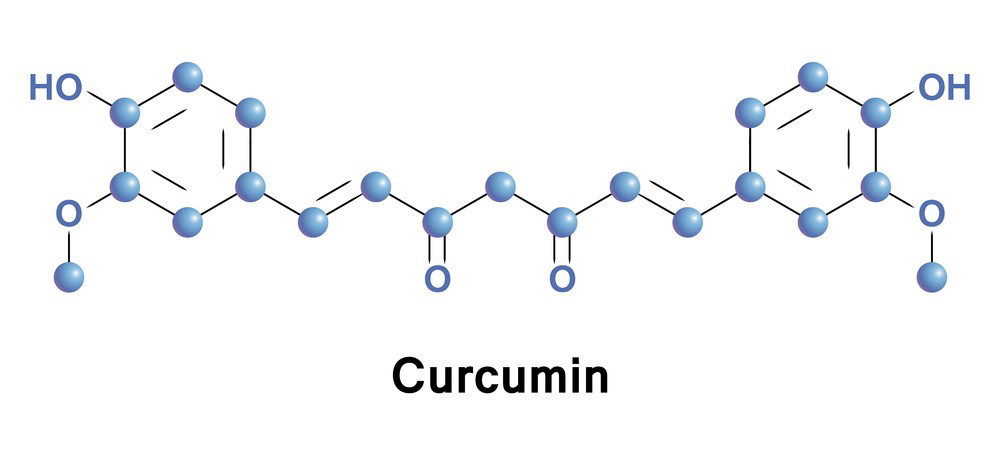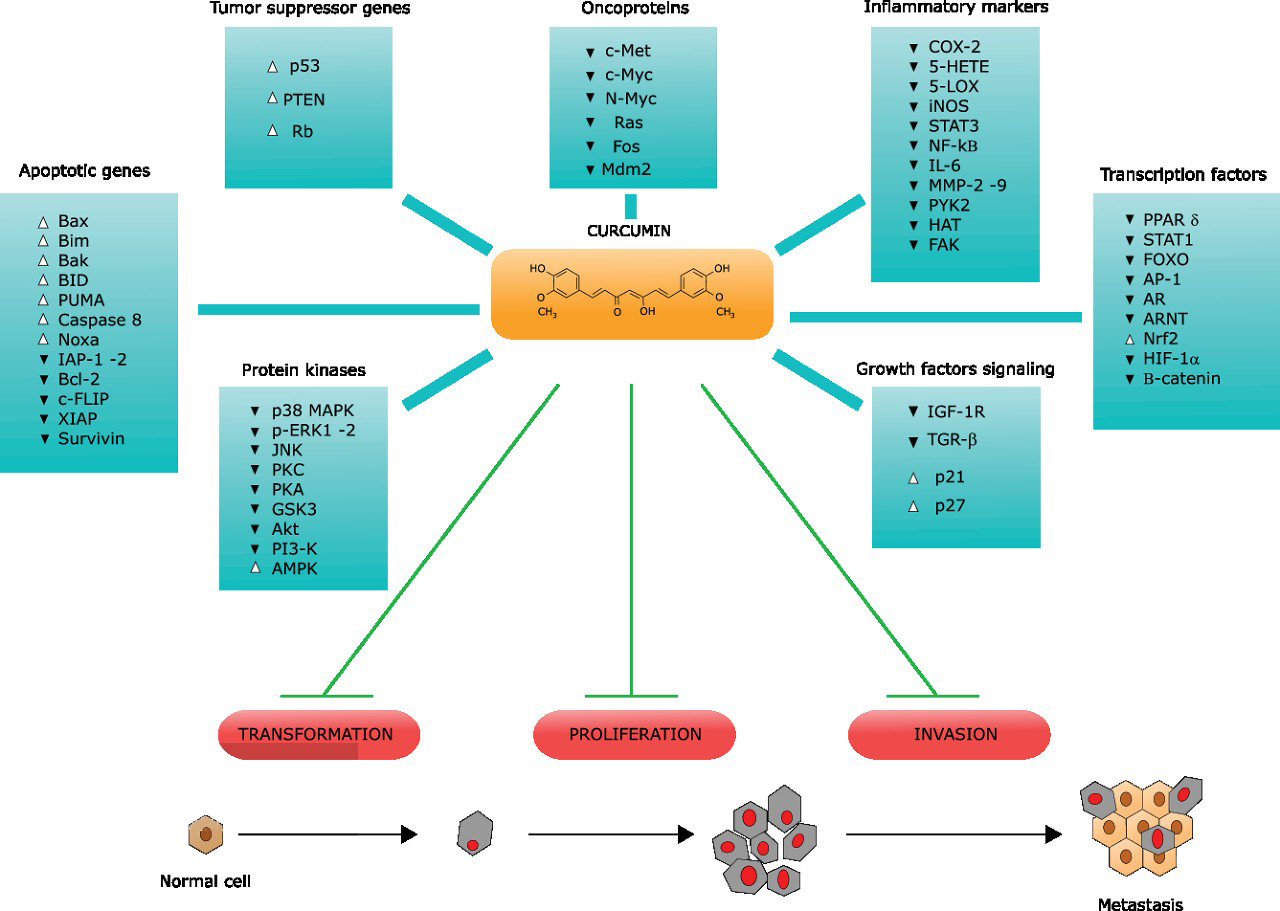Curcumin is a naturally occurring compound found in the rhizomes of the plant Curcuma longa, which is commonly known as turmeric. It is responsible for the vibrant yellow color of turmeric and is widely known for its potential health benefits and therapeutic properties. Here is some information about the chemical structure and physical properties of curcumin:

Chemical Structure:
Curcumin has a complex chemical structure, consisting of three major components known as curcuminoids. The main curcuminoid is curcumin, but it also contains two related compounds, demethoxycurcumin and bisdemethoxycurcumin. The chemical structures of these curcuminoids are characterized by the presence of multiple aromatic rings and functional groups. The chemical formula of curcumin (the most prominent curcuminoid) is C21H20O6.
Physical Properties:
- Color and Appearance: Curcumin is a bright yellow-orange pigment that gives turmeric its characteristic color. It is a crystalline powder that can appear yellow to orange, depending on its form and purity.
- Melting Point: The melting point of curcumin is around 183 °C (361.4 °F). It has a relatively high melting point for an organic compound.
- Solubility: Curcumin has low water solubility, which means it does not dissolve well in water. It is more soluble in organic solvents like ethanol, acetone, and dimethyl sulfoxide (DMSO).
- Molecular Weight: The molecular weight of curcumin is approximately 368.4 g/mol.
- Odor and Taste: Curcumin is odorless and has a slightly bitter taste.
- Stability: Curcumin is sensitive to light, heat, and pH. It can degrade and lose its color and potential bioactivity under conditions of high temperature, prolonged exposure to light, or extreme pH levels.
- Bioactivity: Curcumin is known for its potential anti-inflammatory, antioxidant, and anticancer properties. However, its bioavailability is often limited due to its poor water solubility and rapid metabolism in the body.
It’s important to note that while curcumin holds promise as a bioactive compound with potential health benefits, its use for therapeutic purposes requires further research and understanding. Additionally, due to its limited solubility and stability, various formulations and delivery methods have been explored to enhance its bioavailability and effectiveness.
The basic composition of Curcumin
Curcumin is a natural compound found in the rhizomes (underground stems) of the turmeric plant (Curcuma longa). It is the primary bioactive ingredient responsible for the bright yellow color of turmeric and is known for its potential health benefits. The basic composition of curcumin includes:
Chemical Structure: Curcumin has a chemical formula of C21H20O6, indicating its molecular composition, and its systematic name is (1E,6E)-1,7-bis(4-hydroxy-3-methoxyphenyl)-1,6-heptadiene-3,5-dione. This complex structure contributes to its unique properties and biological activities.
Functional Groups: Curcumin contains several functional groups that contribute to its biological activity. These include two phenolic hydroxyl groups (-OH) and two methoxy groups (-OCH3), which play a role in antioxidant and anti-inflammatory effects.
Curcuminoids: Curcumin belongs to a group of compounds called curcuminoids. Curcuminoids are a class of polyphenolic compounds found in turmeric, and curcumin is the most well-known and extensively studied curcuminoid.
Curcumin Isomers: Curcumin exists in different geometric forms known as isomers. The two main isomers of curcumin are called cis-curcumin and trans-curcumin. The trans-form is the most abundant and is considered the more stable and biologically active form.

Bisdemethoxycurcumin and Demethoxycurcumin: Besides curcumin, turmeric also contains two related compounds: bisdemethoxycurcumin and demethoxycurcumin. These compounds are also curcuminoids and contribute to the overall health benefits of turmeric.
Hydrophobic Nature: Curcumin is hydrophobic, meaning it is not readily soluble in water. This property can affect its bioavailability, or the extent to which it is absorbed and utilized by the body. Researchers have explored different ways to enhance curcumin’s solubility and absorption to improve its potential health effects.
Bioactivity: Curcumin is known for its various potential health benefits, including antioxidant, anti-inflammatory, and anticancer properties. It has been studied for its potential role in supporting joint health, cardiovascular health, cognitive function, and more.
It’s important to note that while curcumin holds promise as a natural health-promoting compound, its effects can be limited by factors like low bioavailability and rapid metabolism. Researchers have been working on developing formulations and delivery methods to enhance the absorption of curcumin and maximize its potential benefits.
